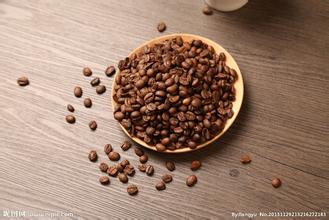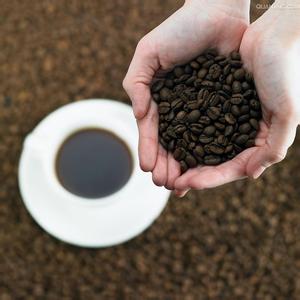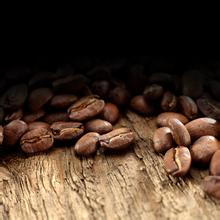Flavor description of coffee beans in Yejia Snow Farm the origin of grinding scale by taste treatment
Flavor description of coffee beans in Yejia Snow Farm the origin of grinding scale by taste treatment
Harald (Harar) is located in the Eastern Highlands of Ethiopia (Harerge province) and grows between 5000 and 7000 feet above sea level. Most of the raw beans are medium size and long at both ends, with yellow or golden green color, strong chocolate smell when baking, wild taste with moderate acidity and rich texture, very typical mocha flavor, good Hara with jasmine and similar fermented wine aftertaste. Today, Hara still uses the traditional sun method to treat raw beans. Caffeine is famous for its miscellaneous fragrance and is typical of the ancient morning flavor. It is listed as the "Ethiopian double Star" alongside Yega Snow. Harald production area has a dry and cool climate, all using the sun treatment method, if the defective beans are picked clean, it is easy to drink berry aroma, with a slightly pleasant fermented miscellaneous aroma. However, farmers here are used to mixing fine products with commercial grade, and the quality of coffee beans is not stable.
The rich and even taste is the most attractive feature of Ethiopian Yega snow coffee. It is known as the best coffee bean in Ethiopia and is the representative of East African boutique coffee. Yirgacheffe is undoubtedly the most unique coffee in the world today. Most of the refining methods of Yirgacheffe are washed, which is fermented and shelled in a washing tank for about 72 hours and dried directly outside the factory building. After the raw beans are manually selected and qualified by the Ethiopian Coffee Cocoa Management Agency, they are traded and exported through competitive bidding. Its annual output is about 225000 bags (each bag of 60kg). In the past, it was mainly sold to Northern Europe (mainly Germany) and Japan. Recently, it has gradually attracted the attention of North America. Yirgacheffe G1 is a grade specially made by Mitsubishi of Japan to Ethiopia Coffee&Tea Authority. It first appeared on the market in 2002-03. The method of producing G1 grade beans is not the same as the general screening, but from the raw beans in the Knoga area with the highest elevation and good soil in Yirga village, which is strictly hand-selected. The size of the raw beans is almost the same, the appearance is quite beautiful, and there are almost no defective beans, and it is more likely to show the characteristics of Yirgacheffe after drinking. Because of the strict production process, the annual output of Yirgacheffe G1 is very rare.

Important Notice :
前街咖啡 FrontStreet Coffee has moved to new addredd:
FrontStreet Coffee Address: 315,Donghua East Road,GuangZhou
Tel:020 38364473
- Prev

Flavor description of Honduran Coffee beans introduction to the Regional treatment method of Grinding scale production
In fact, according to Ms. Knudsen, people started drinking fine coffee, but later, due to the growing demand for coffee, the quality of coffee declined as a result of the discovery and use of new coffee varieties, and even later people began to dislike this bad and bad coffee.
- Next

Description of taste and flavor of Ethiopian coffee beans introduction of varieties in producing areas
The variety of Ethiopian coffee beans describes the taste and flavor of the varieties produced in Ethiopia. It is not clear how many Arabica subspecies there are in Ethiopia, even the official research unit of Ethiopia does not know. The coffee cooperatives in this mountain are certainly different from those planted in another mountain, and even small farmers in the same region grow different varieties of coffee. It has been estimated that Ethiopian coffee has at least 2pm 0
Related
- Detailed explanation of Jadeite planting Land in Panamanian Jadeite Manor introduction to the grading system of Jadeite competitive bidding, Red bid, Green bid and Rose Summer
- Story of Coffee planting in Brenka region of Costa Rica Stonehenge Manor anaerobic heavy honey treatment of flavor mouth
- What's on the barrel of Blue Mountain Coffee beans?
- Can American coffee also pull flowers? How to use hot American style to pull out a good-looking pattern?
- Can you make a cold extract with coffee beans? What is the right proportion for cold-extracted coffee formula?
- Indonesian PWN Gold Mandrine Coffee Origin Features Flavor How to Chong? Mandolin coffee is American.
- A brief introduction to the flavor characteristics of Brazilian yellow bourbon coffee beans
- What is the effect of different water quality on the flavor of cold-extracted coffee? What kind of water is best for brewing coffee?
- Why do you think of Rose Summer whenever you mention Panamanian coffee?
- Introduction to the characteristics of authentic blue mountain coffee bean producing areas? What is the CIB Coffee Authority in Jamaica?

